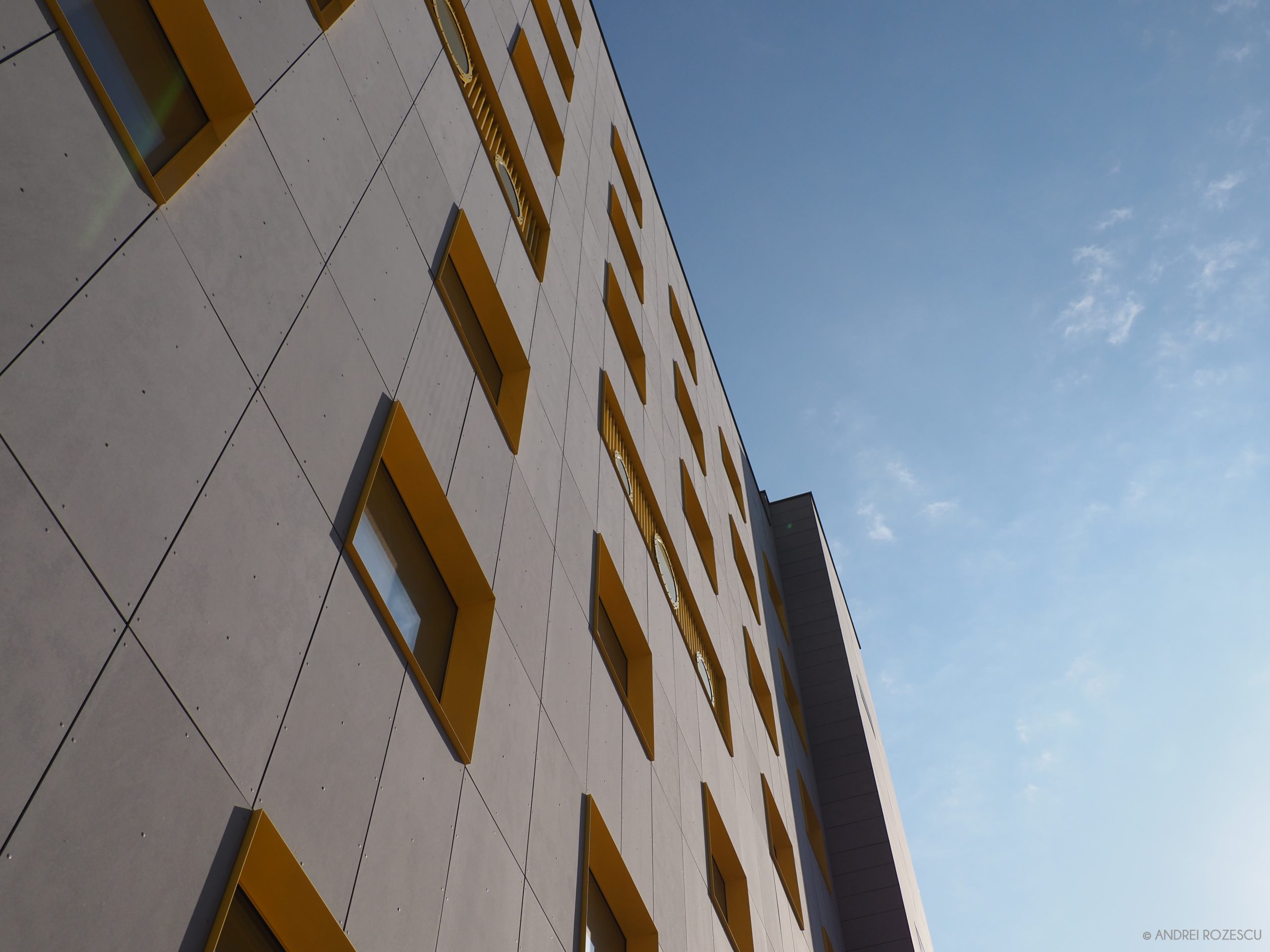As it was a project part of a NGO initiative, the cost of the building was dependent only on the people’s donations. When people understand the impact and importance of a much-needed initiative such as building a children’s hospital, they yearn to become part of a „better together” frame of mind, to contribute and to join the cause – exactly as it turned out to be with the association’s initiative. This project quickly became the true representation of a unified „us”, an illustration of the power of participation, which exceeds the level of user involvement and defines a collaboration model at a human and social scale. We talk about the participation of the whole community, which understood that this is the way one can construct an efficient first model of change for the better, from the bottom up. The human resource has increased over time, along with the project, through respect, transparency, traceability of the money donated, careful monitoring of investments and the construction works. Thus, the project became a national project, promoted also by media campaigns, gathering an extraordinary number of donors who believed in this cause.Throughout the whole process the Association has become an initiator, a mediator between architects and the medical team or the decision-maker. This permanent exchange of roles involved within thein negotiations and dialogue contributed to shaping a project in which each stakeholder involved made himself heard. The extension of the Marie Curie Hospital for Children is integrated into a larger plan for the development of a medical campus. The project is the first stage from a masterplan, compassing all specialties, spaces for medical research, student amphitheatres, conference rooms and hotel accommodation for parents.Spatial organization, both at the macro level of functional zoning and at the micro level of furniture detailing, varied considerably until the final version was authorized in 2020, when the new operating block appeared. The design requirements and brief have changed and adapted as the funding increased.The first important step in finalizing the design brief,, not just in terms of the layout, but also the social and emotional implications of space was the workshops held with the medical staff. The project therefore distributes the specific functions of the medical act around play spaces, an aspect highly appreciated and encouraged by doctors involved in the participative design sessions.Thus, initially the project was authorized, but while the donations were increasing, the architectural team together with the Daruieste Viata association decided to expand the project, so the project was reauthorized.

